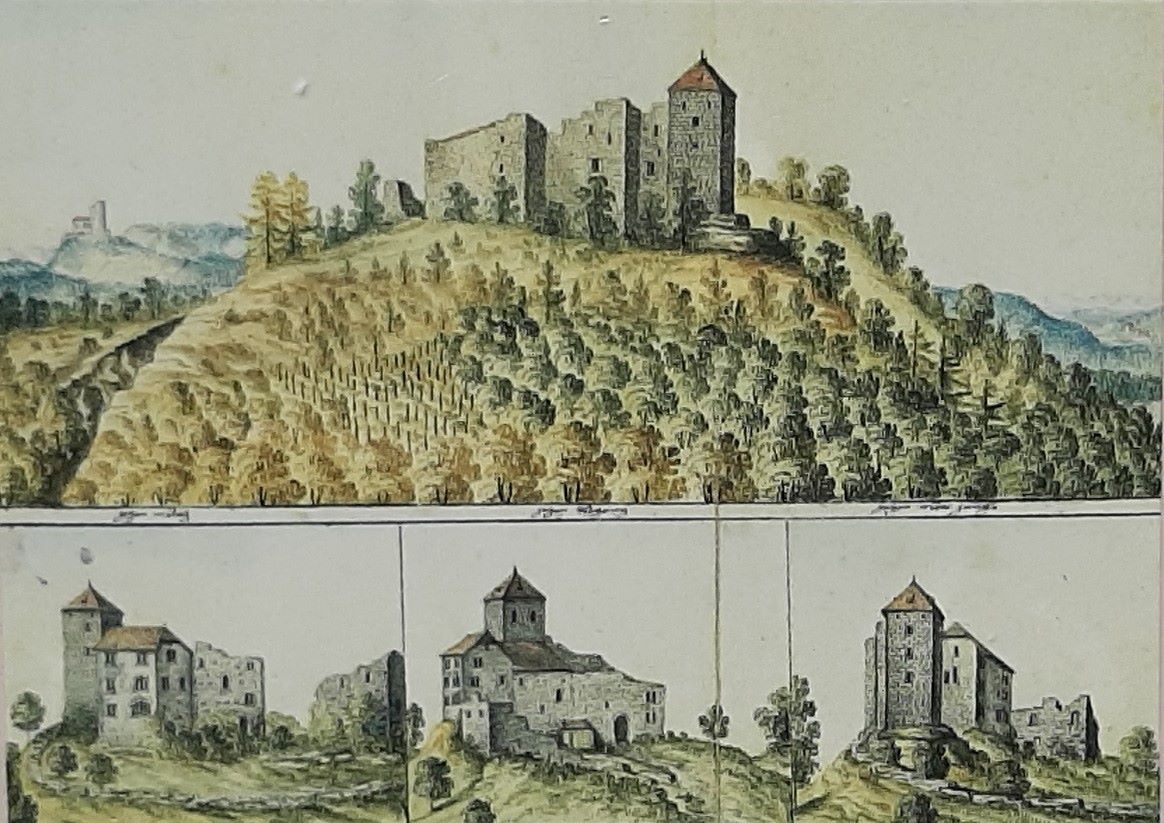Habsburg Castle and the new Worldpower
1 September 2023
One of the most informative sources on the early Habsburgs is the Acta Murensia on the foundation of the monastery of Muri in 1027. The Habsburgs descended from a family from Alsace.
(See also the last Habsburg in Basel)
The Habsburg castle was built around 1030. The Acta Murensia mention the Habsburg Radbot and the Bishop Werner of Strasbourg as builders. Around 1100, Otto II was the first Habsburg to call himself Count of Habsburg. This title referred to the count’s status in Alsace.


The Habsburgs benefited from the extinction of other dynasties in the region (including the counts of Lenzburg and later Kyburg). They acquired earldoms in the southern Zurichgau, in the Frickgau, and around 1200 also in Aargau.
In 1273, the electors of the Holy Roman Empire elected Count Rudolf IV (1218-1291) as German king Rudolf I. Habsburg Castle was then no longer suitable as a residence and the Habsburgs moved to Brugg, Bremgarten or Laufenburg.


Nobles in the service of Habsburg then occupied the castle until the conquest of Aargau by the Swiss Confederation in 1415. In 1469, the castle came into the hands of the Königsfelden monastery in Brugg.

When the monastery was dissolved in 1528, the castle fell to Bern. In 1804, the new canton of Aargau became the owner.
Today the castle a national monument. A small exhibition shows the building history of the castle and the rise of the Habsburgs to a world power.
(Source and further information: Via Habsburg; P. Frey, M. Hartmann, E. Mauer, die Habsburg, Bern 1999; Museum Aargau)

The vordere Burg





The hintere Burg



The Burghof


The Sodbrunnen is the deepest medieval source in Switzerland, built around 1100. The depth is 68.5 meters
The countryside





The namesgiver


